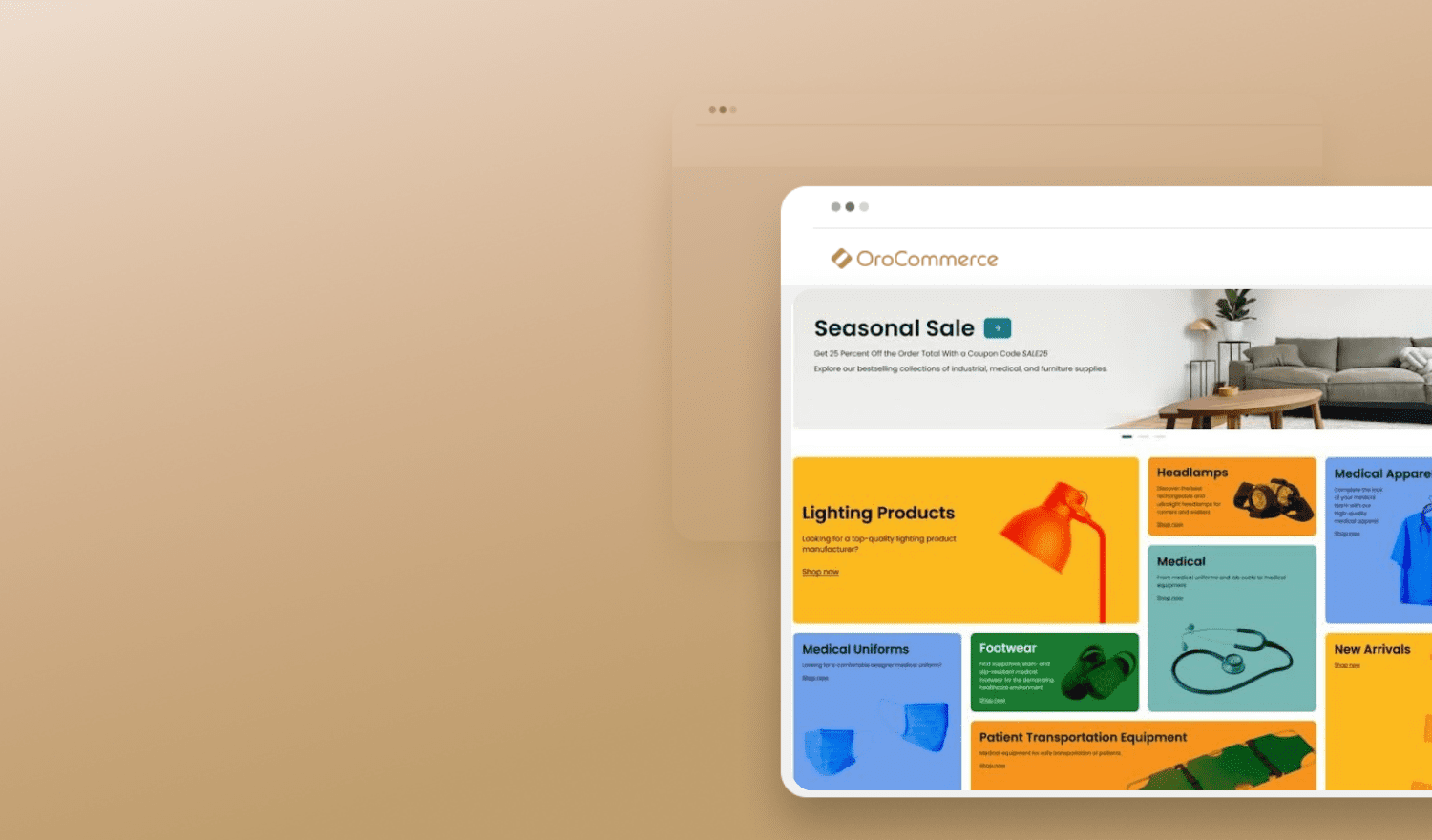The biggest trend in B2B commerce has been the use of technology. We started by looking at the differences between e-procurement systems and eCommerce systems. Today we’ll compare punchout catalogs with eCommerce and see how each fills the needs of buyers and sellers. We’ll wrap up next time with a look at how EDI has changed purchasing.
What are PunchOut Catalogs?
Large business enterprises and government entities need a way to simplify their purchasing processes and closely manage their purchasing spend. These organizations rely on e-procurement systems from companies like Coupa, Procurify, and Tradogram to manage the entire purchase cycle. But, in today’s B2B environment, these buyers also demand access to eCommerce. That means they need access to eCommerce systems that interface with their e-procurement system. PunchOut catalogs are one-way sellers meet this interface need. PunchOut catalogs are specialized websites that contain pre-negotiated custom products lines and prices. The PunchOut catalog website is like a personalized catalog designed to specifically interface with the buyer’s e-procurement system.
PunchOut catalogs were once the exclusive purview of major suppliers. However, as the cost of the technology has dropped, medium to small size businesses can now afford to offer PunchOut catalogs as well. This means small suppliers can now compete with large suppliers if they are ready to offer this option.
Punchout Catalogs get their name because the buyer “punches out” of their eProcurement system to arrive at the seller’s website. Interface technology logs the buyer in and serves up dynamic, customized product catalogs. The buyer may feel like they left their company’s eProcurement system, but behind the scenes, they are still connected. The seller’s website is transmitting data back to the buyer’s eProcurement site. When the buyer is finished, instead of checking out, the exchange interface returns a purchase order (PO) to the eProcurement system. From there, normal workflows are followed; the PO is approved as appropriate and then submitted to the seller using the same interface technology (cXML) The PunchOut catalog has replaced the tedious task of importing catalogs into the buyer’s eProcurement system. Now, once the interchange is in place, catalogs, products, and prices are updated automatically. Buyers get the benefits of an eProcurement system and the ease of online purchasing. Sellers gain access to large purchasers and save money by automating their ordering and invoicing processes.
B2B eCommerce Sites
B2B eCommerce sites are designed to make the buying process easier for both buyers and sellers. At its most basic, the eCommerce site allows buyers to visit the site, view products, and prices, and complete a purchase. Of course, B2B transactions are never that easy. That’s why a content management system (CMS) is not enough for effective B2B. A B2B eCommerce site must be built for how companies do business. Purchase orders, multiple levels of authorization, and credit limits and terms are all part of the B2B transaction workflow. The site should allow buyers to create an account and log into the site. Once logged in they can view product catalogs and prices that have been customized for their buying needs. On-line help and chat may guide the buyer through the self-service process. Depending on the nature of the business relationship, the site visit culminates with a check-out and paid order or an authorized PO for fulfillment.
How the Sites Differ
Both PunchOut Catalogs and B2B eCommerce websites digitize the purchasing/selling process. However, they are very different. PunchOut catalogs were designed with the largest B2B customers in mind. When a buyer comes to a site through a PunchOut, they don’t make a purchase; they make a requisition. It still must be converted to a PO and approved. While thousands of companies use PunchOut, there is no true standard. This means companies must decide which customers to support with PunchOut catalogs based not only on their purchasing requirements but their choice of eProcurement system as well. The use of PunchOut Catalogs may increase order accuracy and speed up the time for approval of POs. So, it does provide some benefit to the seller. However, if the buyer is shopping multiple sites and doesn’t complete the PO, the seller may not know about their interest in making a purchase. And while customers may be able to get an authorization to return merchandise at an eCommerce site, this isn’t going to happen with a PunchOut Catalog.
A B2B eCommerce website is ready to do business with large and small companies. Remember, not every business entity uses e-procurement. If your B2B eCommerce website offers custom catalogs and allows customer level users the ability to assign access and authority roles, you allow buyers to manage their spend without an e-procurement system or PunchOut Catalogs. A robust B2B eCommerce website combines all the benefits of a CMS with a customer relationship management (CRM) system and provides checkout workflows tailored to the buyer’s needs. At a B2B eCommerce site, the checkout may be a paid purchase, a PO, or a sales order (SO). A PunchOut Catalog will recognize that the buyer has multiple stakeholders involved in the purchase and will accommodate multiple levels of approval. An effective B2B eCommerce site will also recognize this situation unless it was modified from a B2C platform.
PunchOut Catalog or B2B eCommerce Sites:Which Should You Offer?
B2B commerce is complex. While at its core, B2B still relies heavily on relationships, it is increasingly necessary to provide self-service buying opportunities and take advantage of every tool possible. Today’s buyers demand an ecosystem that is focused on making their buying experience as easy and efficient as possible.
For the largest buyers that rely heavily on their eProcurement systems, PunchOut Catalogs make sense. But it shouldn’t be your only digital offering. Just as websites don’t replace sales representatives, PunchOut Catalogs don’t replace full eCommerce enabled websites.
If you want to do business with small and medium-size companies as well as large enterprise, an eCommerce website is essential. It should start with robust CMS capabilities and the ability to create as many custom catalogs and price lists as you need. It should provide a checkout workflow that meets your customer needs, whether it generates a PO or SO. Selecting an eCommerce platform that is open source allows for integration with PunchOut catalogs, so you get the best of both worlds. Remember that technology solutions that don’t integrate aren’t solutions at all. As important as the frontend is the backend. Your website should also provide a CRM solution out-of-the-box to capture all customer interactions, whether it is by phone, email or website contact form.
Need help with your roadmap to digitizing B2B sales? Let Oro help.



